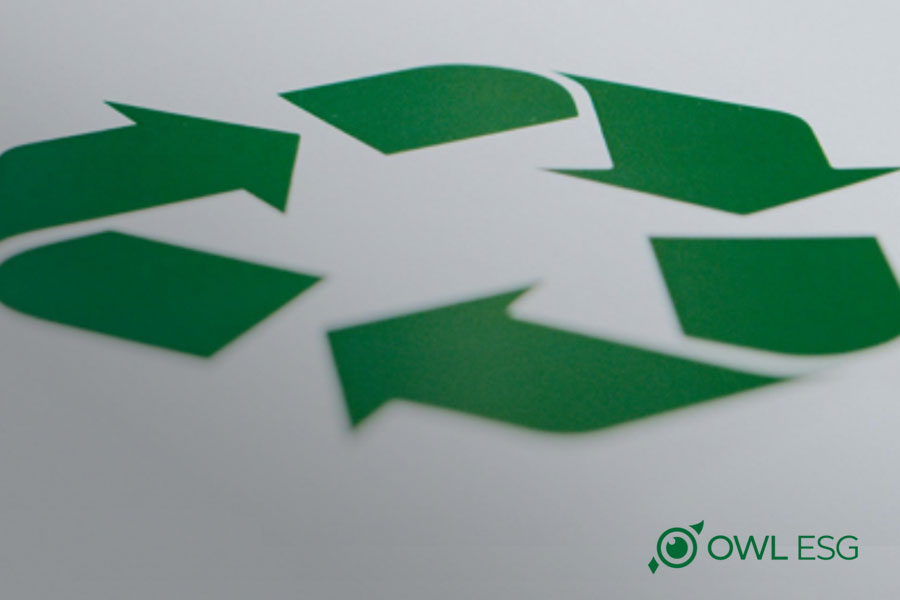Formed in 1970, the EPA continues to be tasked with environmental protection matters. From pollution and car emissions to climate change and safe water resources, the EPA has both vetoed and passed laws when it comes to protecting the planet.
One topic that continues to be challenged though is plastics recycling, heavily acknowledged as a potential environmentally friendly solution to the rising plastic waste problem. However, plastic recycling facilities emit greenhouse gases (GHG) and other pollutants during different stages. These emissions, if left unaddressed, can deter progress towards a sustainable future, and present a competing interest with attempts to recycle discarded plastics.
Last June, the EPA rejected a lobbying campaign from the chemical industry around two types of plastics recycling, a reversal of a policy it had walked back just a few years prior. The proposal sought to loosen clean-air rules related to “pyrolysis” and “gasification,” two chemical-based methods for “advanced” recycling of plastics.
While both processes were generally considered “incineration” for the past 30 years, in August 2020, the EPA proposed a rule in line with industry lobbying efforts, changing this designation, arguing specifically that there isn’t enough oxygen involved in the pyrolysis process to qualify as combustion, therefore not meeting the regulatory criteria for being classified as incineration.
The industry argues that these processes are necessary to effectively address the growing plastics crisis, especially when it comes to recycling types of plastic that are otherwise difficult to break down. But the proposal to relax the rules was met with heavy pushback, contending that both pyrolysis and gasification constitute a type of combustion, which could pose health hazards.
The EPA’s emission limits for plastic and broader recycling have significantly cut GHG emissions and other pollutants. In 2015, the Waste Reduction Model (WARM) was introduced to help estimate GHG reductions from various waste management practices, pushing recycling facilities to adopt technologies like carbon capture, energy-efficient machinery, and cleaner transport, reducing the industry’s overall carbon footprint.
In December 2018, the Association of Plastic Recyclers (APR) found that using recycled resins reduces energy use and GHG emissions, highlighting that companies can lower costs and their environmental impact by incorporating recycled materials into new products.
According to data from OWL’s Deep Research Application, in 2020, YETI Holdings Inc. purchased over 3.6 thousand tons of recycled content plastic, transforming waste into durable and safe BPA-free material to use in its products. In July 2022, their Chicago retail store led a grassroots plastic recycling pilot in partnership with a local recycling center. Since its launch, over 300 pounds of plastic have been diverted. Initiatives like these underscore YETI’s dedication to zero waste.
EPA rules on plastic recycling emissions limitations are instrumental in driving the transition towards a comprehensive life cycle for post-consumer packaging and other materials. By enforcing emissions restrictions, the EPA encourages manufacturers to design products with recyclability in mind, reducing the demand for virgin plastic and conserving valuable resources. New legislation, initiatives, and unprecedented funding demonstrate Congress’s dedication to revamping and investing in recycling.




